Au sommaire de cette édition :
Comprendre : Estimer l’effort d’échantillonnage de réseaux participatifs : l’exemple du réseau Loup-lynx
Changer : Entretien avec François Sarano, docteur en océanographie.
Dossier : Atténuer les pressions sur les mammifères marins
Agir : Une méthode pour évaluer le potentiel de gain écologique d'un site
Se repérer : La biodiversité française en déclin



 Your new post is loading...
Your new post is loading...

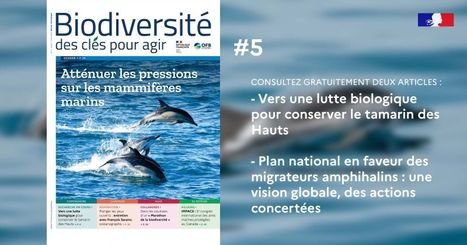

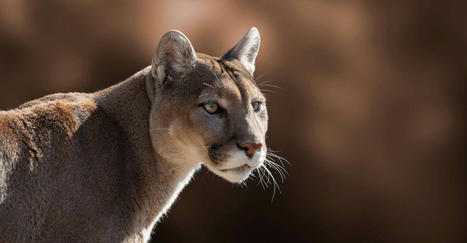
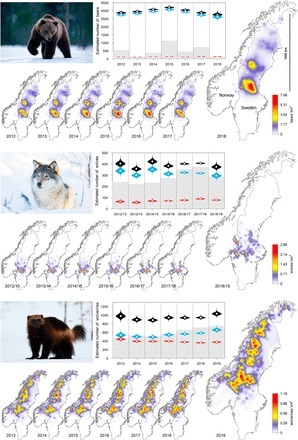
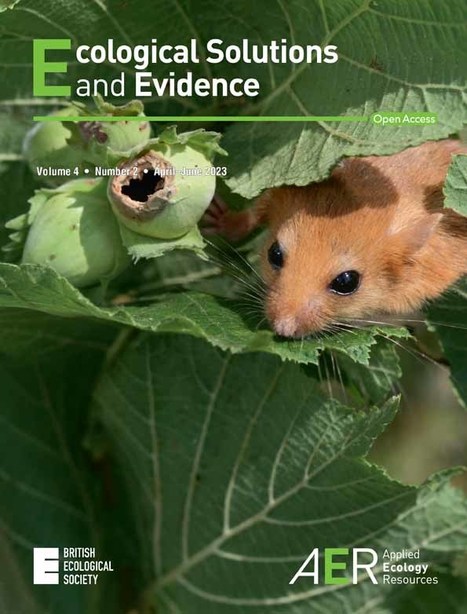
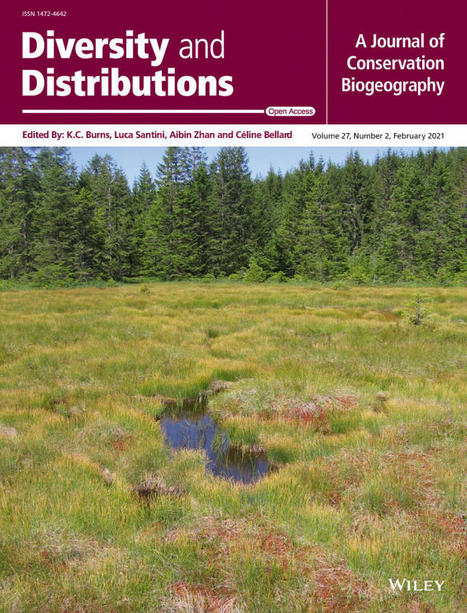
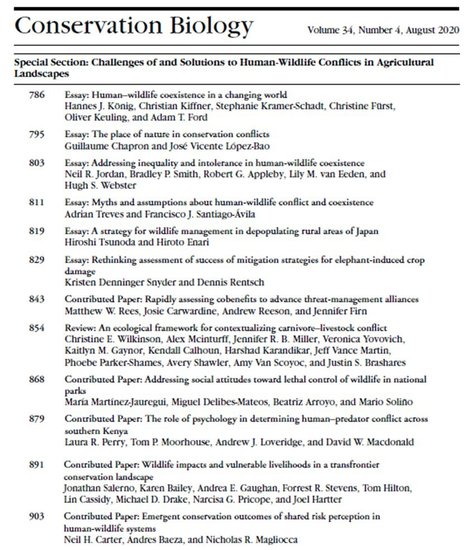






A savoir : 6 mois après sa publication, un numéro de la revue Biodiversité, des clés pour agir est consultable gratuitement. Feuilletez le n°3 et son dossier " Aider les rivières à reprendre leur cours " https://professionnels.ofb.fr/doc/biodiversi